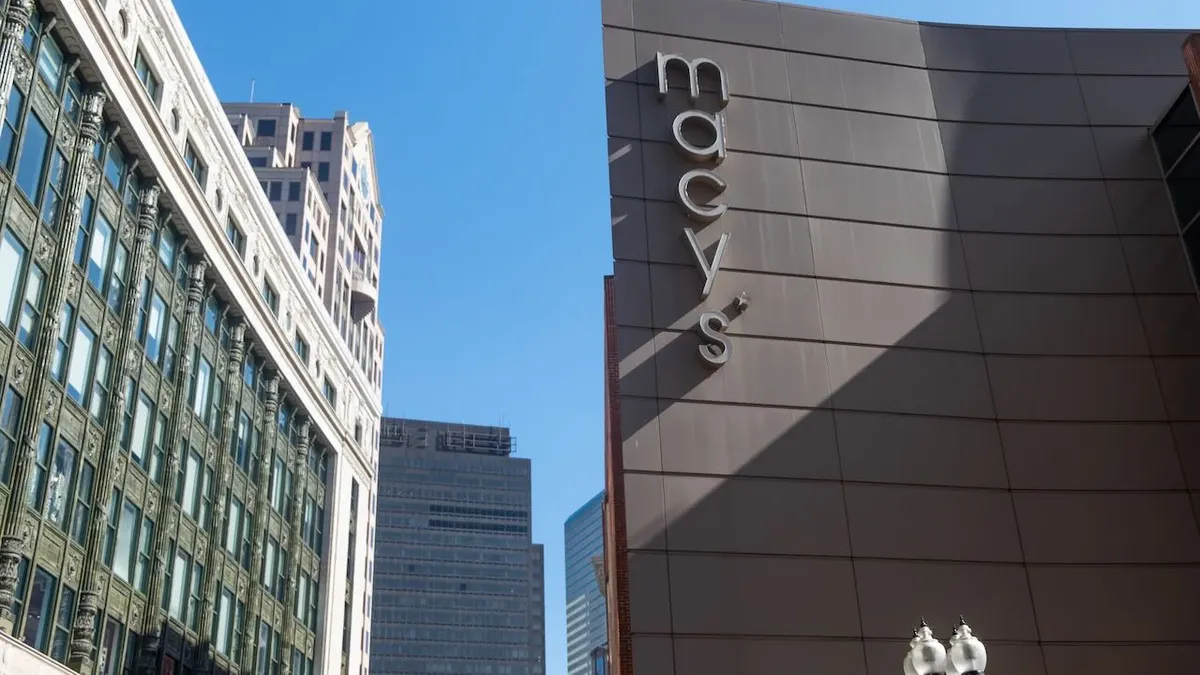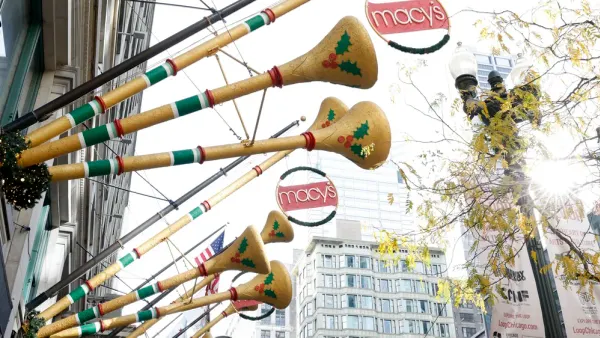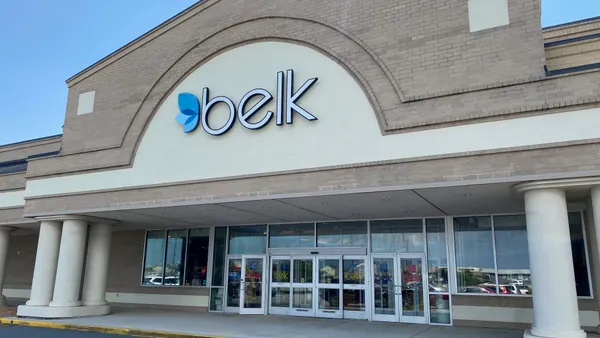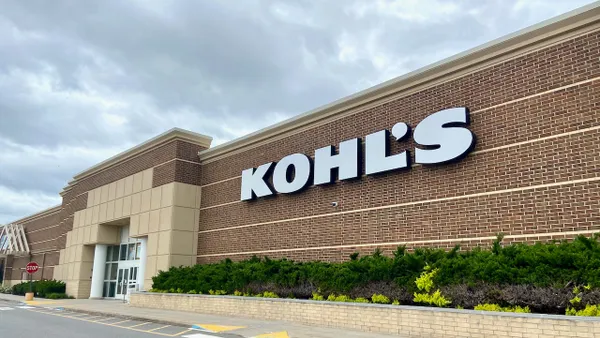Dive Brief:
-
Macy’s Inc.’s turnaround progressed in Q2, despite a 2.5% year-on-year net sales decline to $4.8 billion. Including licensed and marketplace sales, comps rose nearly 2%, with growth across banners.
-
At Macy’s, net sales fell 3.8%, partly due to store closures, as comps rose 1.2%. Excluding locations slated to close, comps rose 1.5%. At 125 renovated stores, comps rose 1.4%. At Bloomingdale’s, net sales rose 4.6%, with comps up 5.7%. And at Bluemercury, net sales rose 3.3%, with comps up 1.2%.
-
Gross margin contracted by 80 basis points to 39.7%, reflecting markdowns to manage inventory and make room for merchandise brought in to avoid tariffs. Inventory was down 0.8%. Net income tumbled more than 40% to $87 million.
Dive Insight:
In Q2, Macy’s Inc. and its namesake retailer posted their first growth in 12 quarters, CEO Tony Spring told analysts Wednesday. This strength carried into Q3, based on “a healthy start to back to school, and an early read on some of the outerwear and colder weather categories,” he said.
“It was across many different categories of business,” he said. “Which is why we're so invigorated by seeing growth in women's apparel, men's, kids, home furnishings, parts of center core.”
Spring credited various improvements at revamped Macy’s stores, starting with beefed-up staffing in fitting rooms and key areas of the store as well as “better storytelling, visual merchandising dedicated to each of these stores.” Merchants at these locations also have more freedom to localize their assortments, he said.
Macy’s private labels are contributing to the turnaround, and that can go much further given that the penetration of its owned brands remains “well below” its 20% high-water mark, he said.
The progress described by Spring, who noted improvements in the banner’s net promoter scores, are verified by GlobalData research. Analysts there similarly found “improved satisfaction and customer ratings which are helping things like visitation and conversion,” according to emailed commentary from GlobalData Managing Director Neil Saunders.
“From our various channel checks across the chain, the step change in standards of presentation and merchandising is obvious,” he said. “While many of the corrections have been to retail basics, these fundamentals are the critical start point for the reinvention of the chain.”
Saunders credits Spring’s holistic approach since arriving about a year and a half ago, which he said reflects an understanding “that all aspects of the operation, from sourcing to service to styling to staging, all need to come together to create a strong value proposition for the consumer.” Saunders said he expects “refreshed private label brands for fall and some strong holiday assortments.”
Tariffs are casting a shadow over the momentum, however, according to executives and analysts alike.
Macy’s Inc. expects gross margin for 2025 to be about 60 to 100 basis points below last year. Assuming current tariffs remain in place, the company estimates a combined tariff impact to gross margin of roughly 40 to 60 basis points, versus its prior expectation of 20 to 40 basis points. Most of this impact will likely be felt in Q4, Macy’s Inc. Chief Operating Officer and Chief Financial Officer Tom Edwards told analysts.
Ongoing efforts to offset tariffs include “shared cost negotiations, vendor discounts and strategically raising tickets,” he said.
This will only go so far. Fitch Ratings analysts expect results from Macy’s and other discretionary retailers to falter in the near term as the increased levies fuel rising costs, though their financial strength could help them pull through in the long run. The increased levies are set to weigh down Macy’s in the second half of the year, according to emailed commentary from Fitch Ratings Senior Director David Silverman.
Macy’s Inc. “will continue to face a choppy environment in the near future, with cost pressures from tariffs and a somewhat uncertain consumer,” Silverman said.














